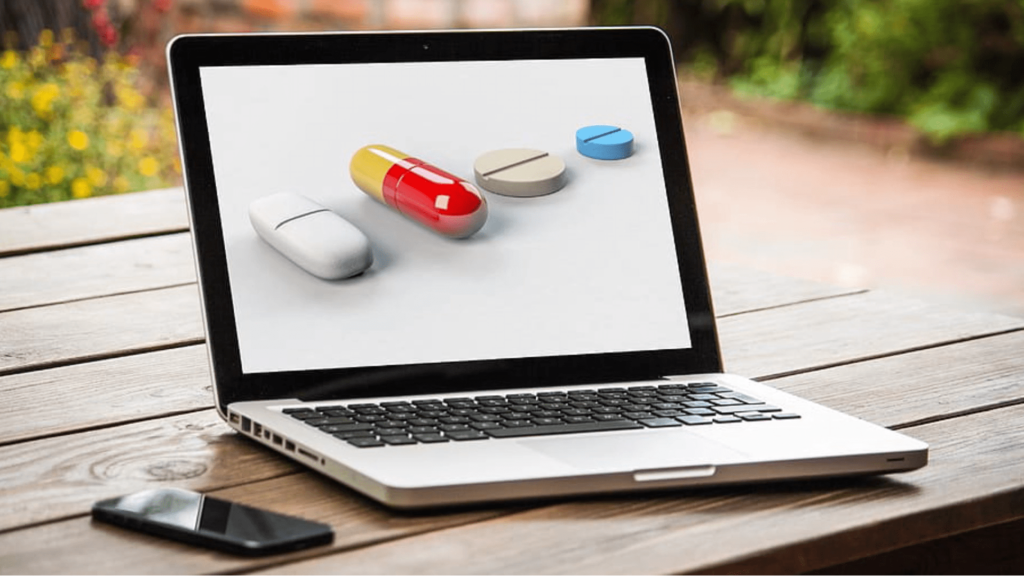The COVID-19 pandemic saw many challenges for health care systems, highlighting the need for innovation in healthcare using technologies like telemedicine and smartphones. Although smartphones have been extensively used worldwide by other industries for years, medicine has lagged behind. New evidence suggests that this is beginning to change.
The potential to digitally redefine healthcare is huge—from reducing healthcare costs to increasing care quality and the efficiency of its delivery. Yet the precise nature of the post-pandemic “new normal” remains opaque. A new study by Deloitte on connectivity and mobile trends offers an invaluable glimpse into what lies ahead for healthcare.
Virtual realities
The Deloitte study found that during the pandemic over half of US consumers attended virtual doctor visits, seeking care from the comfort of their homes without exposing themselves to the risk of infection. It is therefore hardly surprising that convenience was the top reason cited for scheduling virtual appointments post-pandemic by almost two thirds of those surveyed. This is evidenced by an Accenture study in which 54% of respondents said they were open to receiving virtual appointments from their traditional providers.
People are living longer and the cost of healthcare is increasing; they are looking for ways to improve their health and minimize sickness. Smartphones and apps can serve as enablers, helping patients take more responsibility for their own health and enjoy ease of access to services—whether to track weight loss goals, help manage a chronic condition, or simply to connect with others for motivation.
The future of digital health is contingent on widespread adoption, currently hindered by those uninterested or unable to access or use digital tools. Despite this, many turned to using devices and apps to manage their wellness while gyms were shut during the pandemic. In fact, the use of smartphones to monitor health and track fitness alone grew by around 50% during this time—with some 70% of people saying they would continue to use it to manage their healthcare. These numbers are promising because they show real public willingness to adopt new methods of monitoring and care.
The challenges ahead
Despite the increased acceptance of remote care services in the wake of the pandemic, many services still have limitations. Challenges cited by Deloitte survey respondents, such as staff’s inability to measure vital statistics remotely, are particularly telling. Services will need to go the extra mile to address those challenges, and to provide a human touch to remote care interactions (28% of respondents said they missed the human touch and face-to-face interactions).
Deloitte survey respondents also highlighted privacy concerns, as well as connectivity issues and difficulty in using video services. Creating seamless and reassuring user experiences is not only essential in engaging uptake and repeat usage but also in recreating the feeling of trust that can be found in any good doctor’s office. Implementing the engagement techniques found in non-medical apps, such as chatbots and videos, is a promising direction.
The future lies right at our fingertips
There are an estimated eight billion mobile phone subscriptions globally. With 5G mobile connectivity expected to expand significantly and as smartphone technology continues to evolve, the potential for healthcare apps seems unlimited. While challenges remain, they are likely to drive innovation further. Every day, companies create more devices for remote measurement, and health care providers boost support for personal wearables, like smartwatches, so that people can take ownership of their own health. In fact, an analysis by Frost & Sullivan forecasts a sevenfold increase in virtual healthcare demand in the US by 2025.
Deloitte’s chapter on remote care concludes: “Given the unsustainable costs and the push for more value in health care, a successful ecosystem of health that brings together patients, their devices, their data, and health care providers and medical systems will likely need to keep the smartphone at the center.”
We couldn’t agree more.






